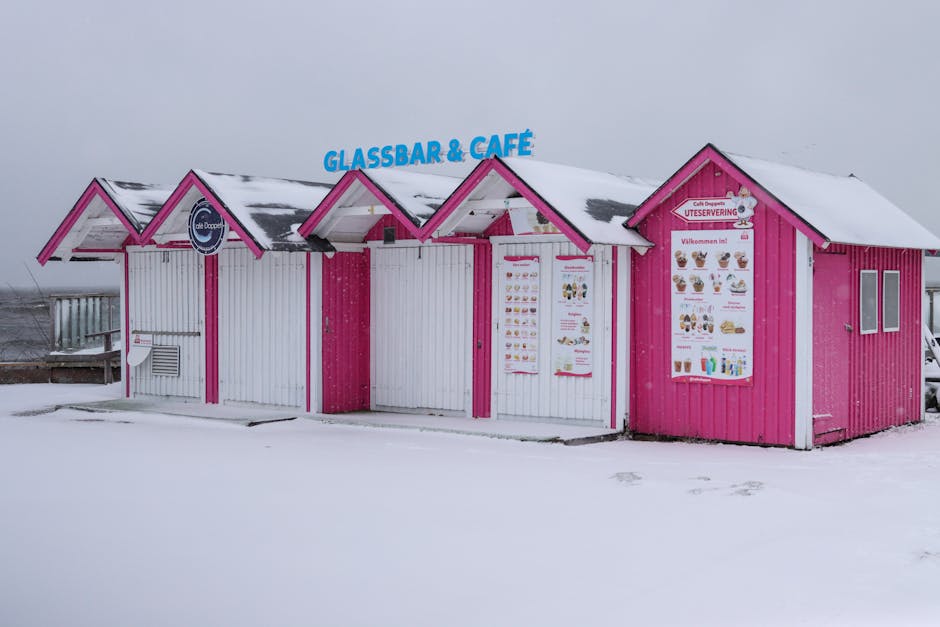Adapting Seasonal Tourism to Thrive in 2025

Adapting Seasonal Tourism to Thrive in 2025
As we approach the Fall/Winter season of 2025, the landscape of seasonal tourism continues to evolve under the influence of changing traveler behaviors and external market forces. This has brought about both challenges and opportunities for business owners who must navigate this dynamic environment to capitalize on emerging trends.
Emerging Patterns in Seasonal Tourism
Trend Towards Intentional and Experiential Travel: More travelers are opting for trips that offer unique, local experiences rather than generic getaways. This shift towards more intentional travel choices is driving demand for activities tied closely to the seasonal characteristics of destinations—such as winter festivals and fall foliage tours.
Increasing Need for Flexibility: The surge in last-minute bookings, with a significant percentage of travelers making plans within a 0-13 day window, underscores the importance of agility in business operations. Businesses need to ensure that they can accommodate these spontaneous travel decisions to stay competitive.
Strategic Adjustments in Business Operations
Leveraging Technology: The use of AI-powered tools and real-time data analytics has become crucial. These technologies help personalize guest experiences and optimize inventory management, tailored perfectly to the evolving market demands.
Focus on Sustainability and Wellness: With a growing consumer emphasis on health and eco-friendliness, integrating sustainable practices and wellness-oriented services can significantly enhance a business's appeal.
Regional Insights and Comparative Analysis
While global trends provide a useful overview, regional nuances can inform more locally tailored strategies:
- North America: Operators are seeing a spike in wellness-centric travel and local cultural explorations. Agile marketing that highlights unique local experiences can attract more domestic travelers.
- EMEA: This region shows robust growth in adventure tourism and short-term bookings. Businesses should consider offering packages that highlight outdoor activities and less-explored destinations.
- LATAM: There is a marked preference for authentic, budget-friendly experiences. Tour operators can gain a competitive edge by emphasizing cost-effective packages and sustainable practices.
"In a world where the only constant is change, the adaptability of our business strategies to embrace real-time data and evolving consumer preferences will define our success in the tourism industry of tomorrow."
Technological Integration and Forward-Looking Strategies
The integration of advanced booking platforms and demand forecasting tools not only enhances operational efficiency but also offers in-depth insights into consumer behavior. This allows for more effective marketing and resource management, ensuring that businesses are always a step ahead.
Conclusion: The Path Ahead for Seasonal Tourism
The future trajectory of seasonal tourism businesses hinges on their ability to remain agile, innovative, and responsive to an ever-changing environment. By embracing technology, focusing on authentic and sustainable practices, and adapting to regional market dynamics, operators can build resilience and continue to thrive in a competitive landscape. The strategic importance of these efforts cannot be overstated, as they form the backbone of successful adaptation and growth in the tourism industry of 2025 and beyond.
